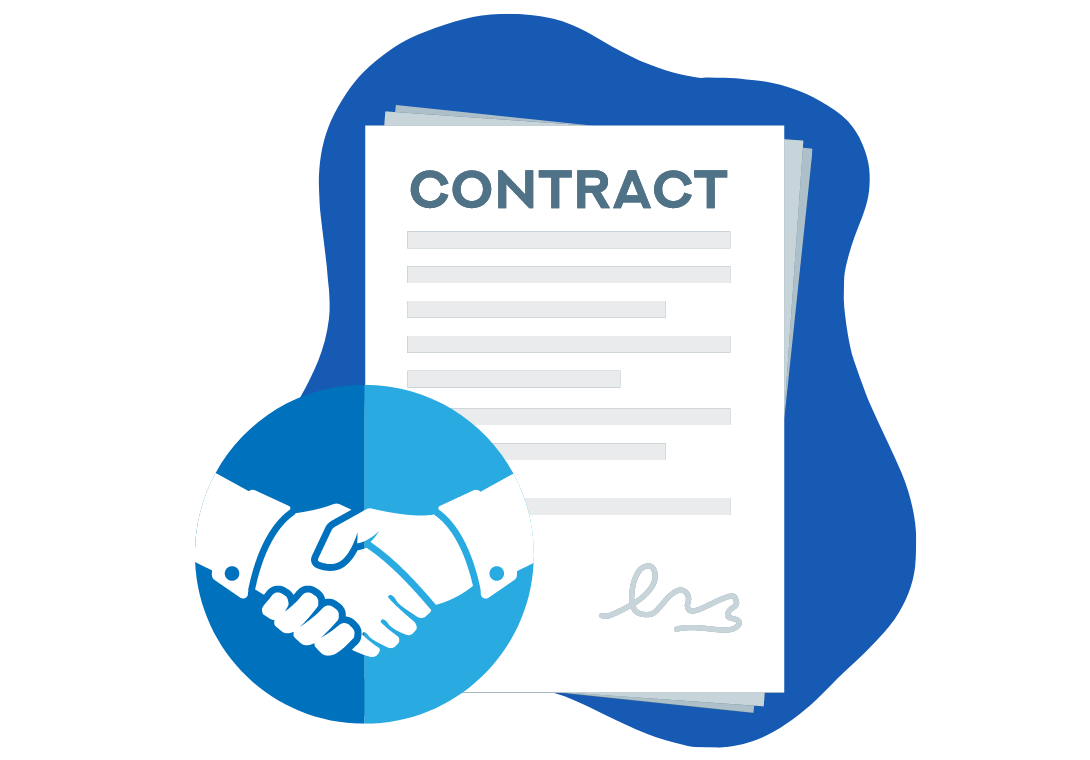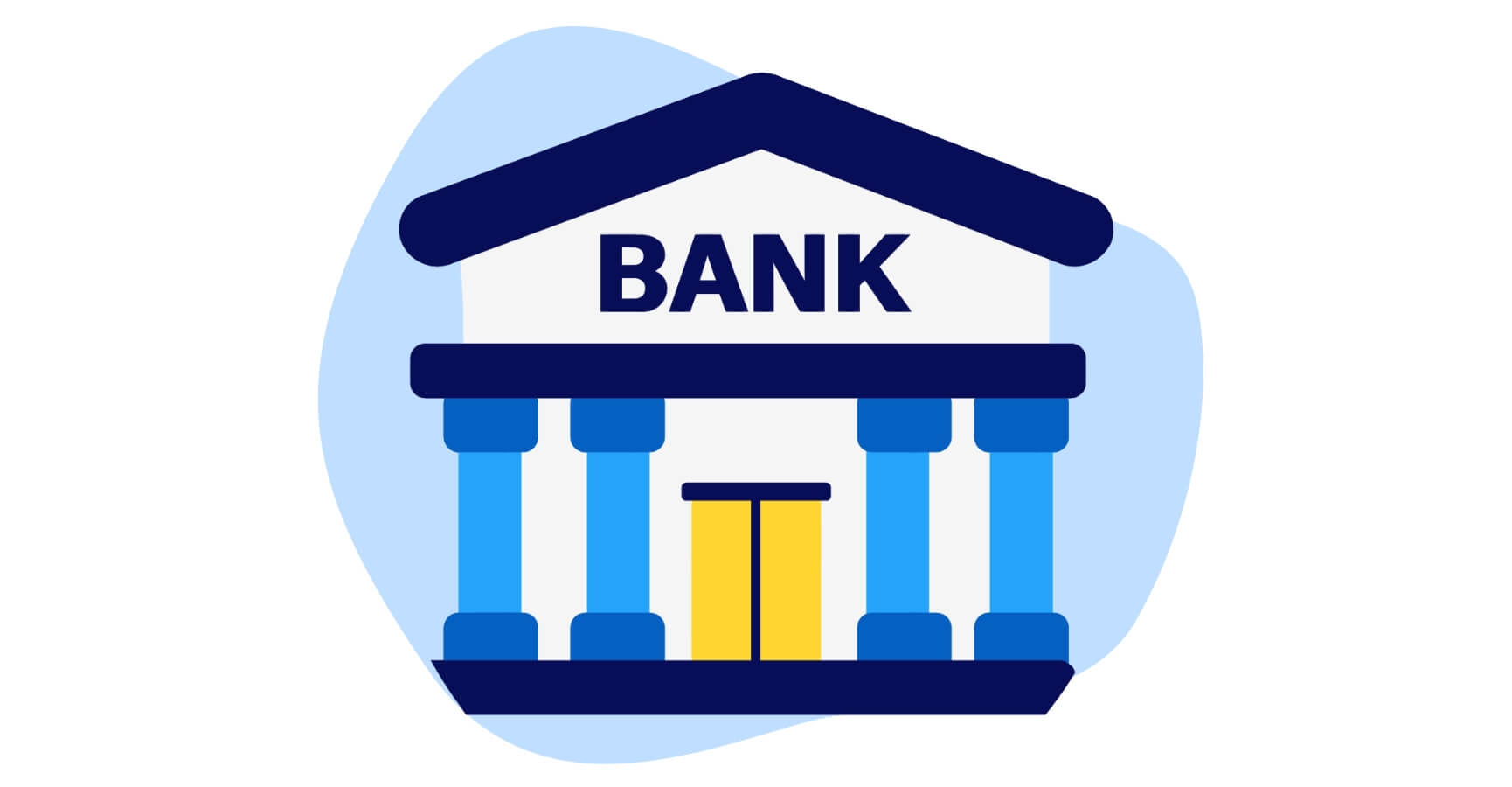The Definitive Guide to Carwash Purchase Agreements



The first half of 2024 has brought a major and significant slowdown in carwash M&A, along with a stark decrease in the dispersion of acquiring parties. Transaction count is down ~46% and the number of sites sold and acquired is down nearly 40%, both compared to the first half of 2023. By way of most active acquirers, 2024 posted a large increase in deal concentration. Most notably, during the first half of 2023, the most active acquiror by transaction count was El Car Wash, having been the acquiring group in just 11% of the announced transactions. The first half of 2024 had Whistle Express representing a commanding 43% of deals as the acquiring group. In this industry report, we cover all announced M&A transactions in Q2 and provide a candid overview of market trends.
A Definitive Purchase Agreement (DPA), also more commonly referred to as a Purchase Agreement (PA) or Purchase Contract, is the primary legal document that outlines the transfer of ownership of a company or assets from one party to another. There are two main types of purchase agreements: (1) Share Purchase Agreement (SPA), for when a seller transfers the shares of the entity into the name of the buyer, and (2) Asset Purchase Agreement (APA), for when an individual or collection of assets are transferred from the seller to the buyer, rather than the entire company. In this article, we will explore the most common type of Purchase agreement used in car wash M&A, an Asset Purchase Agreement.
An Asset Purchase Agreement is a legal document that outlines the terms and conditions of a transaction in which one party (the buyer) acquires the assets of another party (the seller). This agreement is commonly used in business transactions, allowing for the transfer of specific assets such as equipment, inventory, intellectual property, customer lists, land, buildings and more. The purpose of the APA is to clearly define the rights and obligations of both parties involved in the transaction, providing a framework for the transfer of assets, and minimizing the potential for disputes after closing.
The agreement typically begins with an introduction that identifies the buyer and the seller. It may also include a background section providing context for the transaction, such as the purpose of the sale and any relevant history between the parties.
To ensure clarity and avoid misunderstandings, an APA commonly includes a section defining key terms used throughout the agreement. This may include terms specific to the industry or transaction, as well as general legal terms.
The purchase price and payment terms are fundamental elements of an APA in a business transaction. They outline the financial aspects of the deal, specifying the total consideration for the assets being sold and the terms under which the payment will be made. This section is crucial for both parties to understand their financial obligations and expectations.
The purchase price terms are typically outlined as follows:
The payment terms are typically outlined as follows:
This section outlines the assets being sold, including a detailed description of each asset. It specifies whether tangible assets (e.g., equipment, real estate) or intangible assets (e.g., patents, trademarks) are included in the transaction. This section also outlines and addresses potential liabilities associated with the assets. The agreement may specify which party is responsible for certain risks or liabilities, and it often includes indemnification provisions to protect the parties in case of unforeseen issues.
Both the buyer and the seller provide assurances to the other party regarding various aspects of the transaction and the assets being sold, including the accuracy of information and the condition of the assets. Representations are statements of fact made by each party, while warranties are promises regarding certain aspects of the transaction. These assurances help build trust between the parties and serve as a basis for legal recourse in case any statements are later found to be untrue. It is common for the seller to make significantly more representations and warranties than a buyer. Below are common Reps and Warranties that are typically outlined in an APA:
| Seller | Buyer |
|---|---|
Financial Statements | Authority |
Ownership and Title | Funds Availability |
Contracts and Liabilities | Due Diligence |
Compliance with Laws | No Litigation |
The representations and warranties often include qualifiers related to materiality. Certain breaches or inaccuracies may only be relevant if they are considered material to the overall transaction. The agreement may also address the concept of a material adverse change (MAC) and specify the conditions under which a change in the business between signing and closing could allow the buyer to reconsider or renegotiate the deal.
The representations and warranties are not open-ended. They have a specific duration, known as the survival period, after which they are no longer applicable. The survival period is the timeframe during which a party can make a claim for a breach of representations and warranties.
The seller often provides disclosure schedules that qualify or except certain matters from the representations and warranties. These schedules identify any known exceptions or disclosures related to the accuracy of the statements made.
Covenants are promises or commitments made by the parties to take specific actions or refrain from certain activities (restrictive covenants) before, during, or after the completion of the transaction. This section may include:
| Covenants | Restrictive Covenants |
|---|---|
Covenants are contractual promises or commitments made by one party to another. These promises can cover a wide range of actions or behaviors and are intended to ensure that the parties fulfill their obligations under the agreement. | Restrictive covenants, also known as negative covenants, impose limitations on the actions or activities of one or both parties. These limitations are intended to protect the interests of the other party or prevent certain actions that could be detrimental to the agreed-upon transaction. |
Affirmative Covenants | Non-Compete Agreements |
Negative Covenants | Non-Solicitation Agreements |
These are the conditions that must be met before the sale can be finalized. Common conditions include regulatory approvals, environmental review, third-party consents, and the accuracy of representations and warranties.
Tax matters play a significant role in a Purchase Agreement (PA), and parties involved in a transaction should carefully address these issues to ensure compliance with tax laws and optimize the tax implications of the asset sale. Below are common tax matters that are typically outlined in an APA:
The closing is the final step in the transaction, where the buyer pays the agreed-upon purchase price, and the seller transfers the assets. This section outlines the logistics of the closing, including:
In the event one party breaches the agreement or if there are unforeseen liabilities associated with the assets, the indemnification section outlines the process by which the responsible party compensates the other.
This section covers various legal and procedural matters, such as dispute resolution mechanisms, governing law, and the allocation of expenses related to the transaction.
Exhibits and schedules are attachments to the agreement that provide additional details or documentation, such as a list of the specific assets being transferred, financial statements, or other supporting documents.
The following chart summarizes key agreement terms outlined in a Purchase Agreement that an owner should be comfortable with and willing to accept upon selling your car wash to a new owner. This table was compiled using over 100 closed purchase agreements CWA has represented in the last 3 years and represents the average results achieved for each type of owner who has sold their car wash with Car Wash Advisory.
Key APA Term | Definition | Acceptance Criteria Single Site Operator | Acceptance Criteria Multi-Site Operator | Acceptance Criteria Multi-Site Operator |
|---|---|---|---|---|
| Earnest Money Deposit (EMD) | An earnest money deposit (EMD) is a sum of money that a buyer provides to the seller as a demonstration of their serious intent to purchase a property or enter a business transaction. | ≥ 5% | ≥ 2% | ≥ 0% |
| Holdback Amount | A portion of the purchase price in a business or asset transaction that is retained by the buyer or a neutral third party for a specified period after the closing. | 0 – 3% | 1 – 5% | 1 – 5% |
| Non-Solicit | A contractual provision that prohibits one party from actively seeking or soliciting certain individuals or entities identified in the agreement. | ≥ 3 years | ≤ 5 years | ≤ 5 years |
| Non-Compete | A non-compete clause, or non-competition agreement, is a contractual provision in which one party agrees not to engage in certain competitive activities, typically within a specified period and geographic area. | ≤ 3 years ≤ 5 miles | ≤ 5 years ≤ 10 miles | ≤ 5 years ≤ 10 miles |
| Due Diligence Period | It involves reviewing financial, legal, operational, and other relevant information to ensure that the parties involved have a complete understanding of the situation and can make informed decisions based on accurate and reliable data. | ≤ 45 days | ≤ 60 days | ≤ 75 days |
| Closing Period | The time between the signing of a definitive agreement (such as a purchase agreement or merger agreement) and the actual closing of the transaction. | ≤ 15 days | ≤ 30 days | ≤ 30 days |
In summary, an Asset Purchase Agreement is a comprehensive legal document that governs the sale and transfer of assets between parries. It serves as a roadmap for the transaction, addressing crucial aspects by clearly defining the rights and responsibilities of the buyer and the seller. The main goal of an APA is to minimize the potential for disputes and provides a foundation for a successful and legally sound business transaction.
Car Wash Advisory is an M&A firm dedicated to serving the car wash industry. Contact us to learn more or to speak to our car wash brokers.

The Definitive Quick Guide: Created and Written by Car Wash Advisory Team


The key reasons using an investment bank to sell your business during economic uncertainty is a strategic decision.
